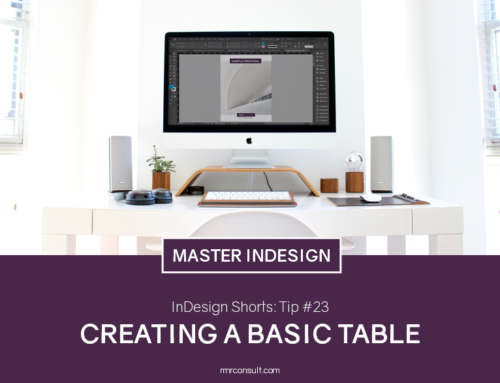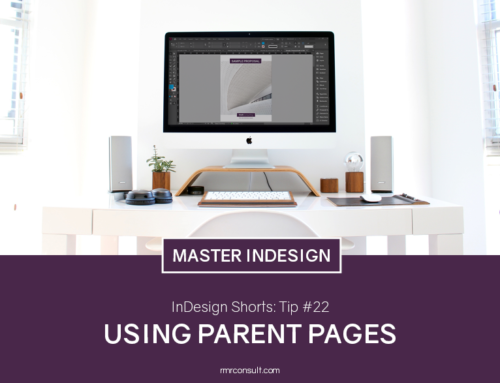InDesign Shorts: Tip #18 – Table of Contents Automation
InDesign Shorts is a recurring series to help everyone of all levels master the ins and outs of the program and become more efficient designers. Got a burning InDesign question? Drop a comment below or join the LinkedIn group for more.
Do you manually create your table of contents in InDesign? If you’re typing out each section and manually scanning your document for the appropriate page number associated with that section, then this InDesign tip is going to save you tons of time.
With InDesign, you can generate a table of contents in seconds with just a few clicks. InDesign will find your desired headings and match them with the appropriate page number and voila! You have a completely accurate table of contents. You can also regularly update the table of contents with this trick so that it always reflects the appropriate sections and page numbers.
A few tips before we get started:
- You’ll need to set up your paragraph text styles (not character styles) and apply them to the appropriate sections and headings before creating your table of contents.
- You’ll also need to set up a paragraph text style for your table of contents if you need it to be different from the paragraph styles of your section headings. (i.e. if your section headings are white, and you aren’t putting your table of contents on a dark background, you’ll need to create a new paragraph style with a different text color).
- You might want to set up leader dots for your table of contents styles.
How to Generate a Table of Contents in InDesign
- Make sure all headings that need to be in the table of contents are assigned a paragraph style (i.e. Section Heading, or H1, H2, etc.)
- Select Layout > Table of Contents to bring up the menu.
- From the ‘Other Styles’ menu (right side), select the paragraph styles that you want included in the table of contents. You may select as many as you want. (For example, you might want to show a section heading with subheadings for content within that section.)
- If you need the text to reformat to a different style when it generates your table of contents, highlight the style you want changed in the ‘Include Paragraph Styles’ menu, then select a new style from the dropdown menu below it. (Note: the style menu in the top right hand corner is for the table of contents name, NOT the section styles).
- Choose to bookmark a pdf (great option for interactive pdfs) and to replace the existing table of contents.
- Select ‘OK’, then place the table of contents text on the appropriate page.






Leave A Comment